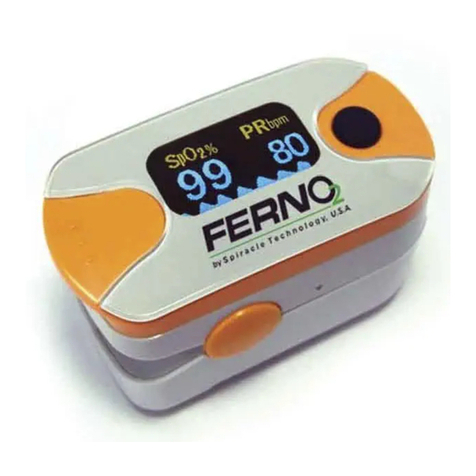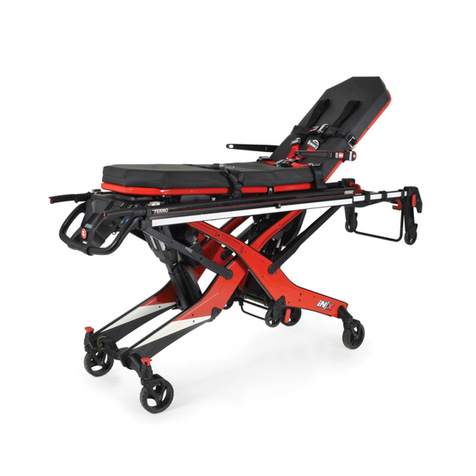Ferno CCT Six - M User manual
Other Ferno Medical Equipment manuals
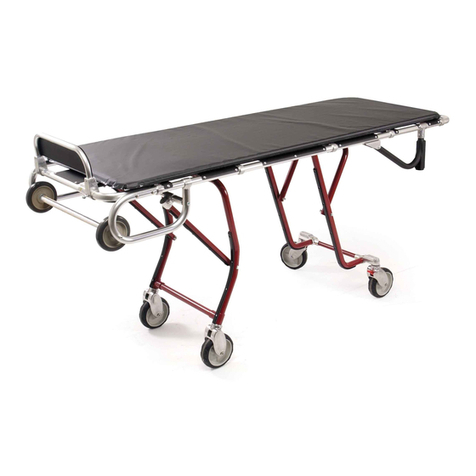
Ferno
Ferno 24 MAXX User manual
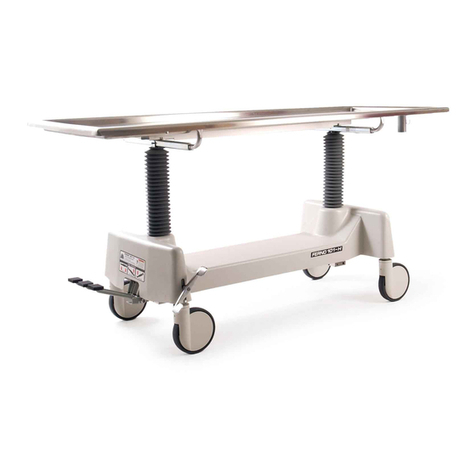
Ferno
Ferno 101-H User manual
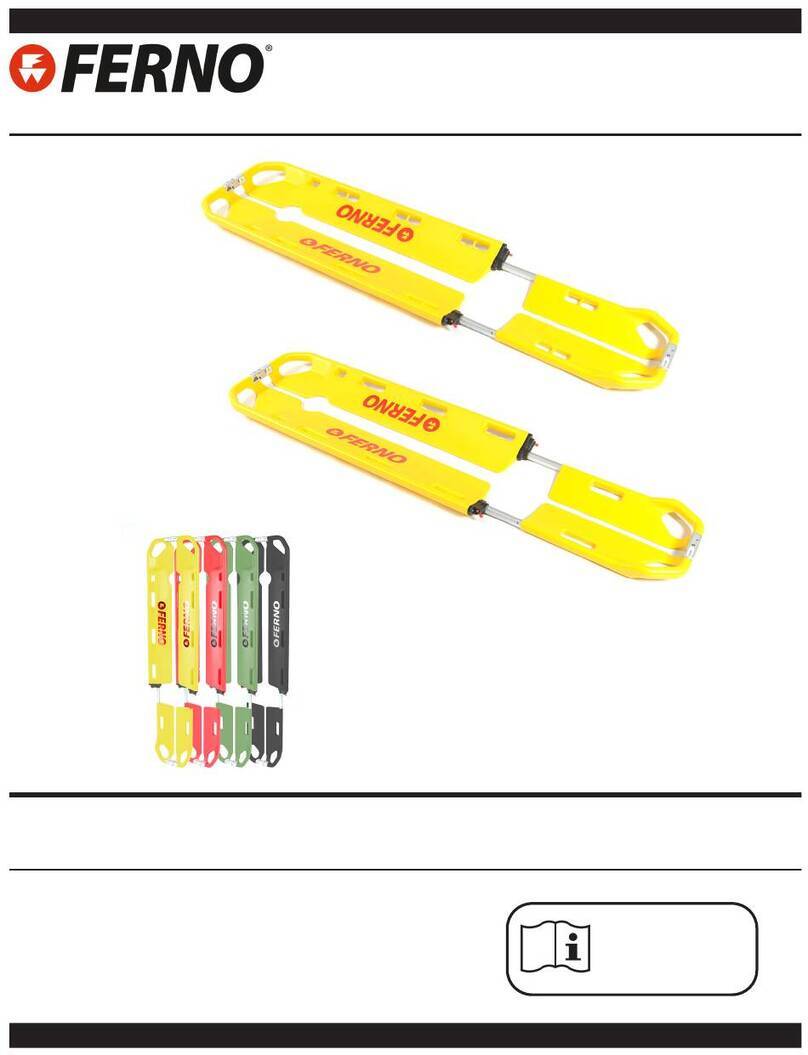
Ferno
Ferno ScoopEXL Operating instructions
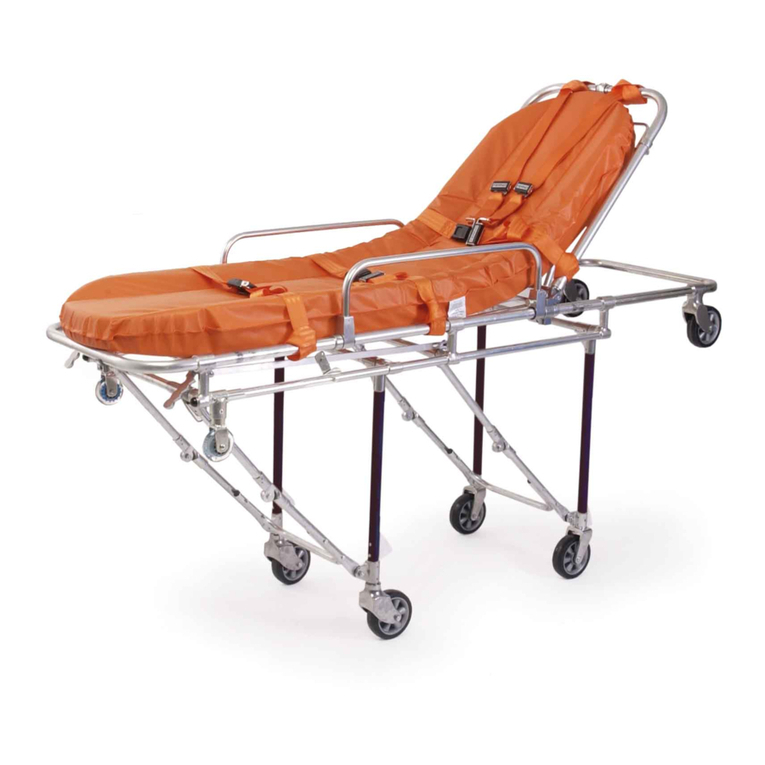
Ferno
Ferno Mobile Transporter 35A Series User manual
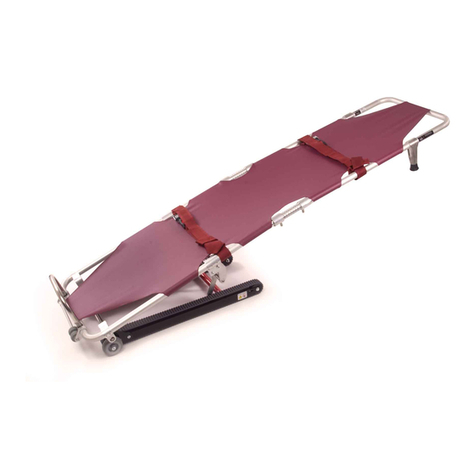
Ferno
Ferno 11-T Stretcher User manual

Ferno
Ferno 24 MAXX User manual
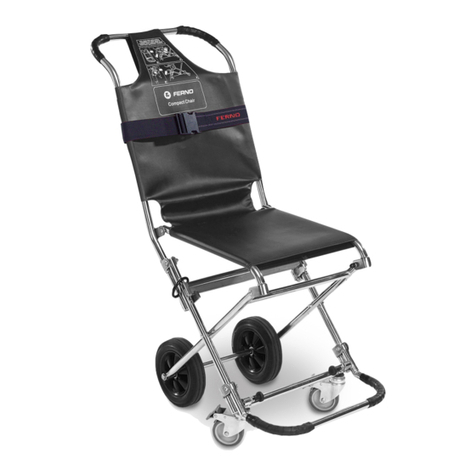
Ferno
Ferno COMPACT 1 CARRY CHAIR User manual
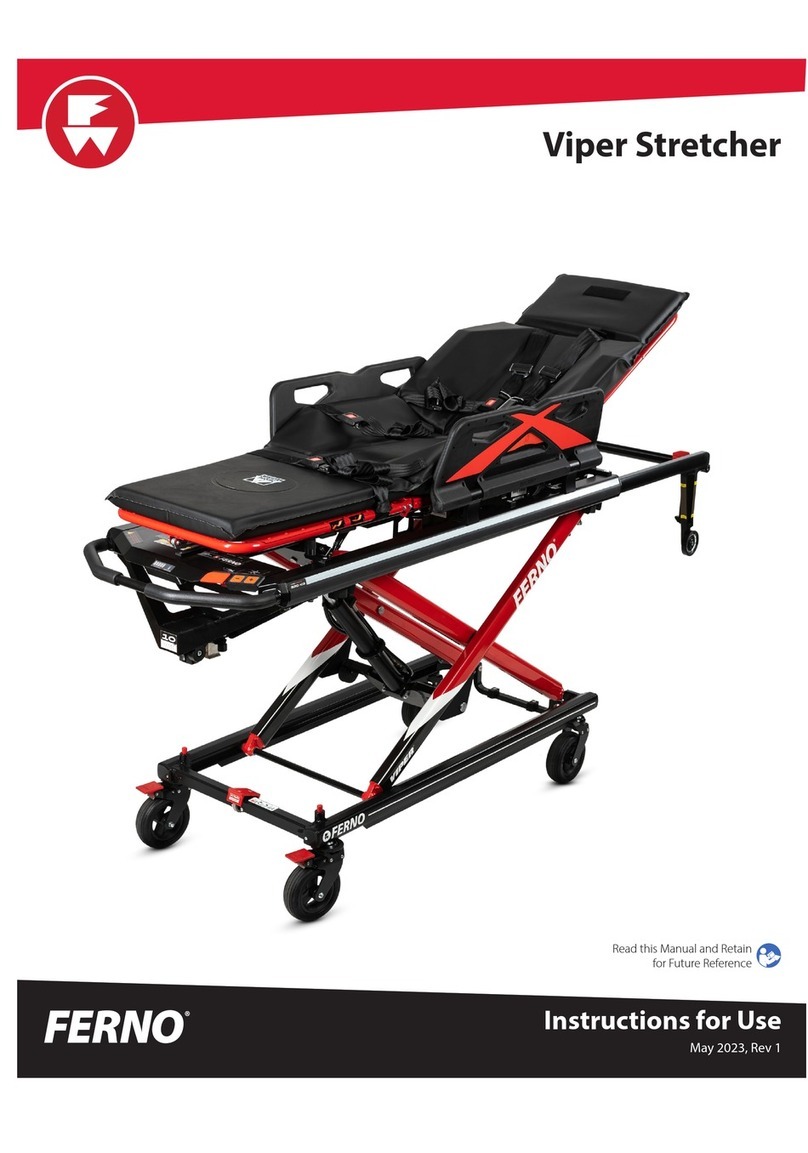
Ferno
Ferno Viper Stretcher User manual

Ferno
Ferno CCT Six-P User manual
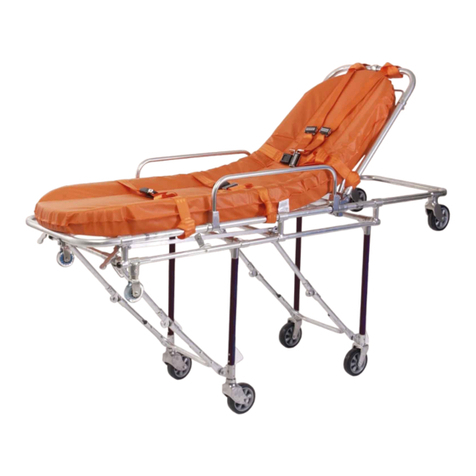
Ferno
Ferno 26 Cot User manual

Ferno
Ferno 24 MAXX User manual

Ferno
Ferno 175 Series Reference manual
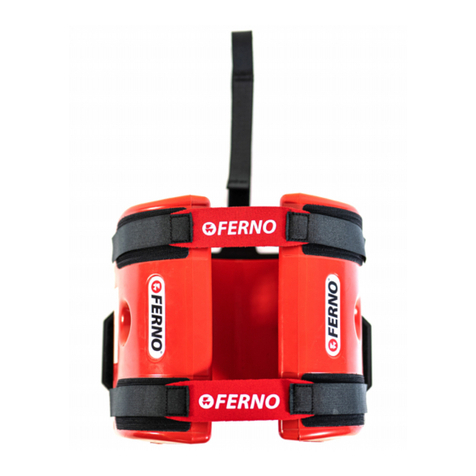
Ferno
Ferno B-lock head immobiliser Operating instructions
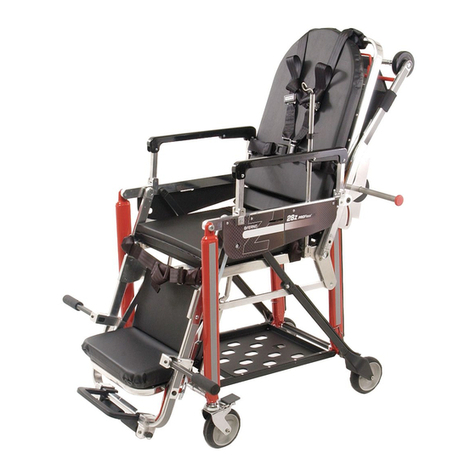
Ferno
Ferno 28-Z PROFlexx User manual
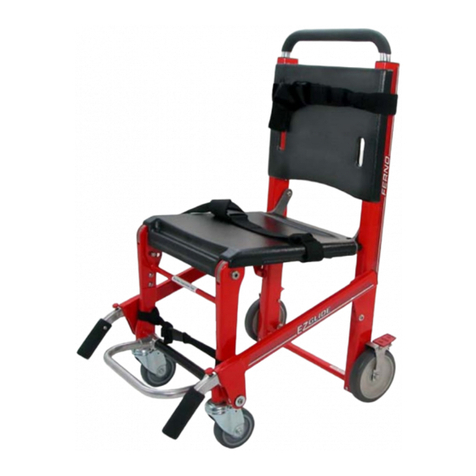
Ferno
Ferno EZ Glide 59-T User manual
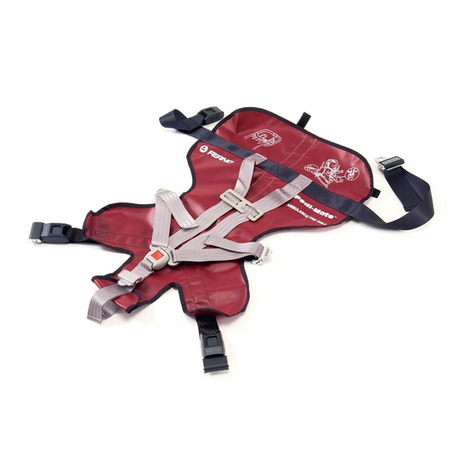
Ferno
Ferno Pedi-Mate 678 User manual

Ferno
Ferno FL1 User manual

Ferno
Ferno Stat Trac 185-86 User manual
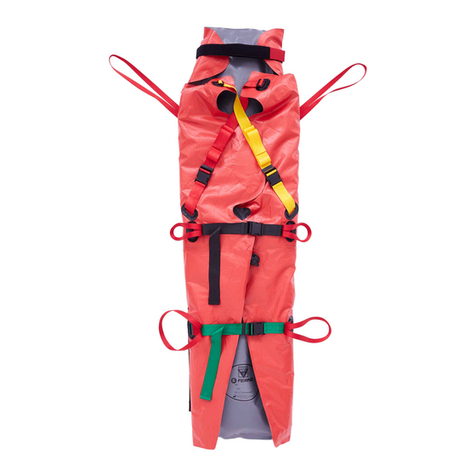
Ferno
Ferno Germa Rescue Lite Full Body Splint Manual

Ferno
Ferno POWERFlexx User manual
Popular Medical Equipment manuals by other brands

Getinge
Getinge Arjohuntleigh Nimbus 3 Professional Instructions for use

Mettler Electronics
Mettler Electronics Sonicator 730 Maintenance manual

Pressalit Care
Pressalit Care R1100 Mounting instruction

Denas MS
Denas MS DENAS-T operating manual

bort medical
bort medical ActiveColor quick guide

AccuVein
AccuVein AV400 user manual
